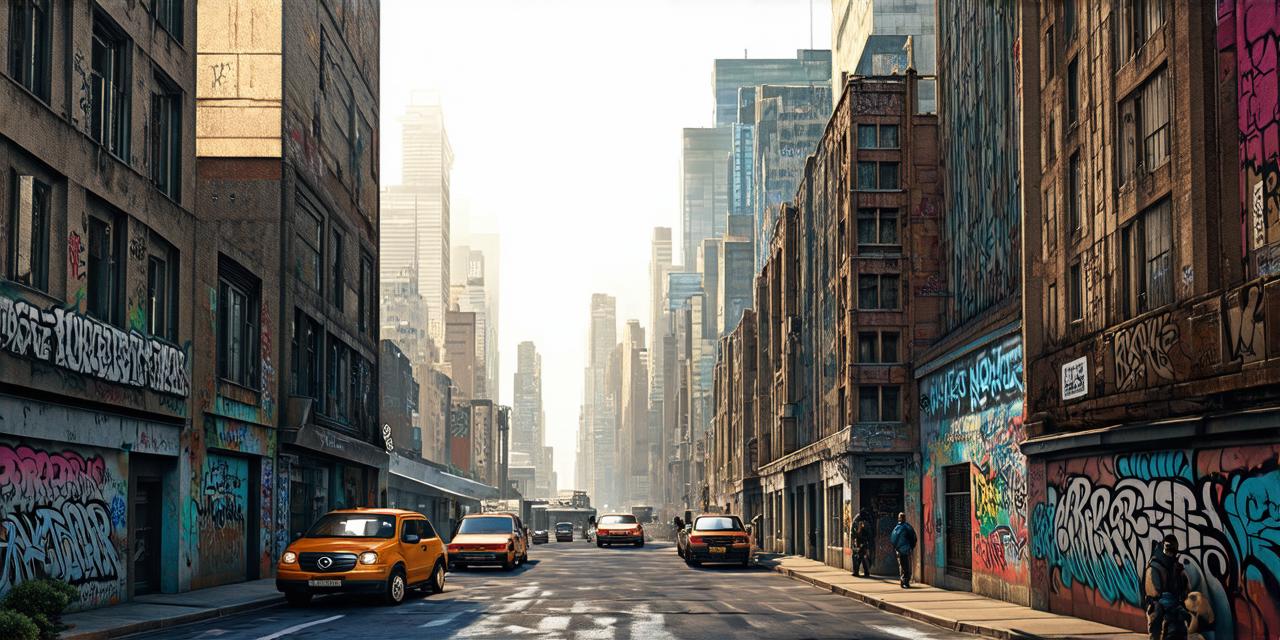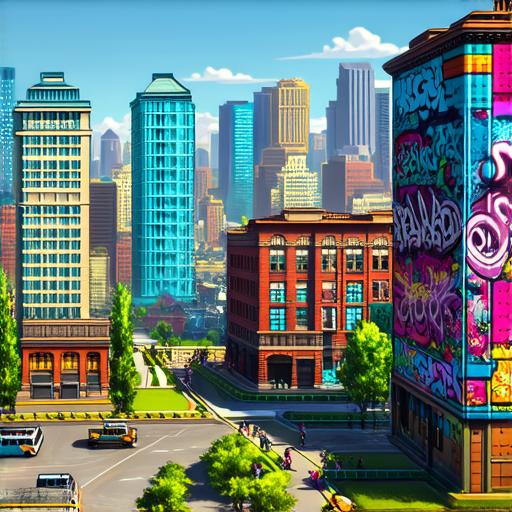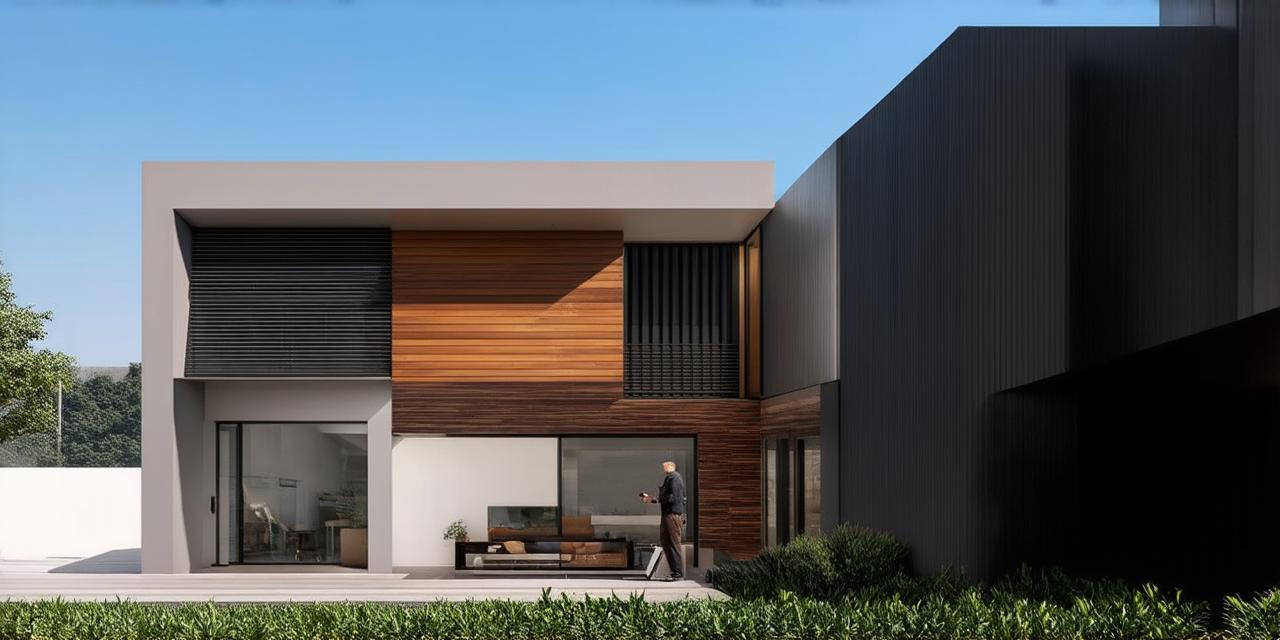Understanding Mixed-Use Development
At its core, mixed-use development involves combining different types of uses on a single piece of land. For example, a site might have both residential and commercial buildings, or a combination of office, retail, and residential spaces. The goal of mixed-use development is to create more efficient use of space, reduce traffic congestion, and promote economic growth.
One of the key advantages of mixed-use development is that it encourages people to stay in one place rather than traveling between different destinations. This can help reduce traffic congestion and air pollution, as well as create a more sustainable transportation network. Additionally, by combining different types of uses on a single site, developers can create more diverse communities and promote economic growth.
The Role of Mixed-Use Developers in Urban Planning
Mixed-use developers play an important role in urban planning, as they are responsible for designing and developing sites that combine different types of uses. This involves working closely with local governments and community groups to understand the needs and desires of the area, and then designing a development plan that meets those needs while also promoting sustainability and economic growth.
One of the challenges facing mixed-use developers is balancing competing priorities. For example, a site may need to accommodate residential, commercial, and office space, as well as public transit and green space. Developers must also consider the impact of their development on local communities, including issues like noise, traffic, and displacement.
To overcome these challenges, mixed-use developers often use a variety of design strategies, such as creating pedestrian-friendly streets and incorporating public transit into the development plan. They may also work with local governments to implement policies that encourage sustainable transportation and green space, such as bike lanes and park systems.
Case Studies: Successful Mixed-Use Developments
There are many examples of successful mixed-use developments around the world. One notable example is the City of Barcelona’s Eixample district, which was designed in the 19th century to promote social cohesion and sustainability. The district features a grid-like pattern with chamfered corners that encourage people to walk and bike, as well as public transit systems that connect residents to the rest of the city.
Another example is the development of Times Square in New York City, which has become an iconic symbol of mixed-use development. The area features a combination of office space, retail, and residential buildings, as well as public transit systems like the subway and buses. Despite facing challenges like overcrowding and pollution, Times Square remains one of the most popular tourist destinations in the world.
The Future of Mixed-Use Development
As urbanization continues to grow, mixed-use development is likely to become an increasingly important tool for addressing the challenges it presents. By promoting sustainability, economic growth, and social cohesion, mixed-use developments can help create more livable cities that benefit everyone.
However, as mixed-use developments become more popular, there is also a risk of overdevelopment and displacement. Developers must work carefully to ensure that their projects are designed in a way that benefits local communities and does not contribute to the problems they face.
In conclusion, mixed-use development plays an important role in urban planning, as it can help create more sustainable, livable cities that promote economic growth and social cohesion. By working closely with local governments and community groups, developers can create developments that benefit everyone, while also addressing the challenges facing our growing cities.



